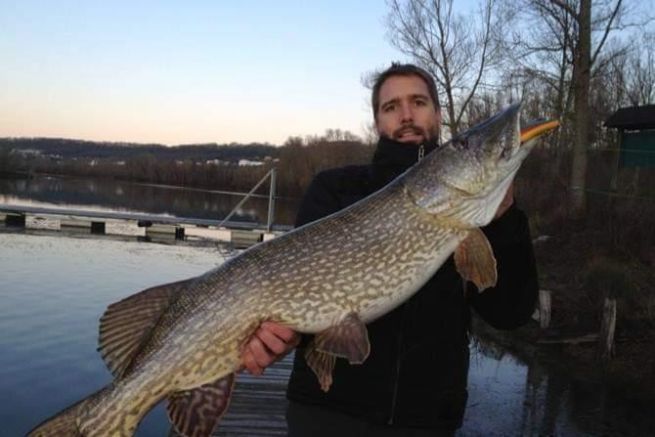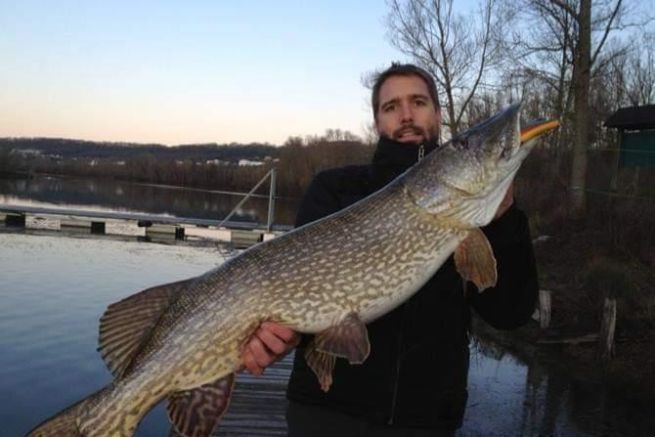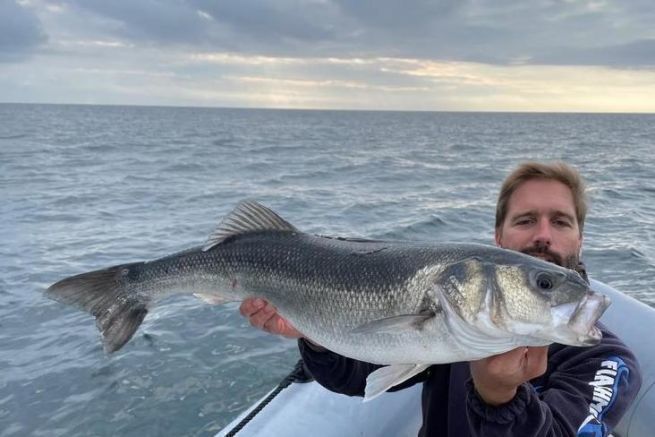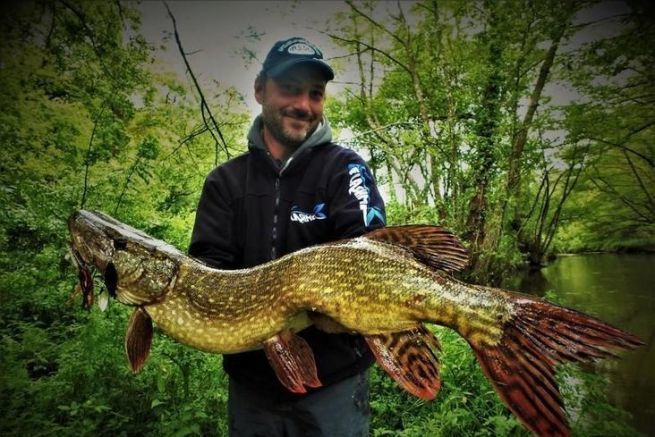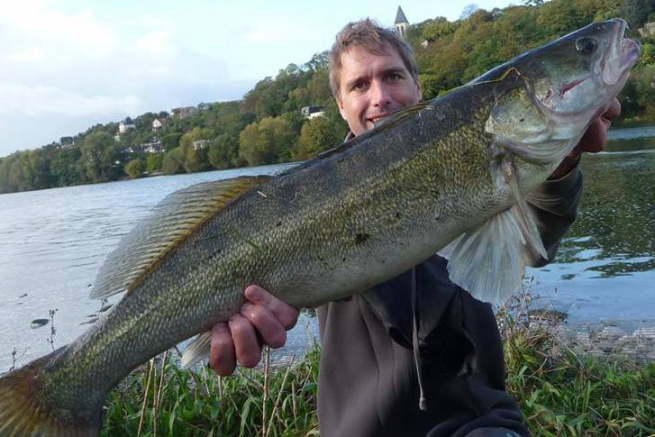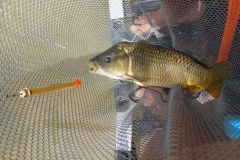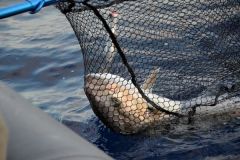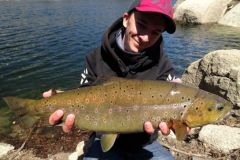Whether it's a goal, a stalk on every outing or just a dream, every angler hopes one day to catch that famous record.
Even anglers who use small lures as part of their strategy imagine they're up against a huge fish with just one cast or touch.
While this qualifier may not have the same meaning or measure for all of us, there are sizes accepted by the fishing community that are the stuff of dreams. Let's take a look at freshwater carnivores.
Pike
Lord of the water, the mythical size of a big pike, the one at which it reaches the beam stage, is obviously the metre. In certain environments, this size is "almost" easy to achieve. When all the conditions are right, pike grow very quickly, reaching the metre in just a few years.
Pike can be described as very big when they reach the 110 cm mark, becoming huge at 120 cm. Above 130 cm, it's the fish of a lifetime, the one that dreams are made of, but that you'll probably never catch.

Catfish
The sizes reached by sheatfish in French rivers and lakes depend considerably on the environment and the age of the population. But even if this bar is reached very often in the course of a season by specialists, the 2-metre mark still remains symbolic!
Crossing the 2.30-2.40 mark then becomes much more complex, and every silurist's dream is that famous 2.50 or 2.60 m length. Once again, as with all species, fish tend to get thicker as they age rather than longer. As a result, morphologies and weights can vary greatly.
Pike-perch
Pike-perch are carnivores that grow shorter than pike, but are often much more massive and heavier for the same size. Those who have caught big pike-perch know how high and wide they can be, with a gigantic beater.
In a fight, a pike-perch over 80 cm can be quickly recognized by its characteristic head strikes. Although this is a big fish for this species, an angler who stalks it assiduously will nevertheless catch several in a season. The 90 cm mark then defines the bar for very large fish, and catches become much less frequent... The mythical metre is reached in a lifetime by only a handful of particularly relentless anglers.
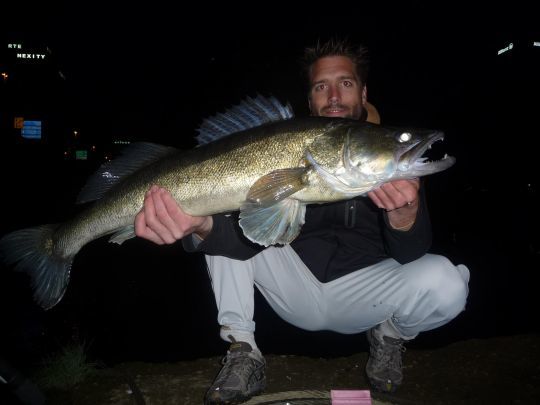
The pole
After a certain size, the poles often become taller and wider than they are long. This depends a great deal on the environment and perhaps the strains (but I'm not a biologist). Unlike pike, their growth is much slower.
The 40 cm mark is well known to all carnivorous anglers and qualifies a big fish in France. But when you see the quantities of fish of this size in countries such as Sweden and Holland, you could almost question it... However, the 45 cm mark is becoming much rarer, and the 50 cm mark exceptional. These are once-in-a-lifetime encounters that should be savored, because there's no guarantee that they'll happen many times in your life.
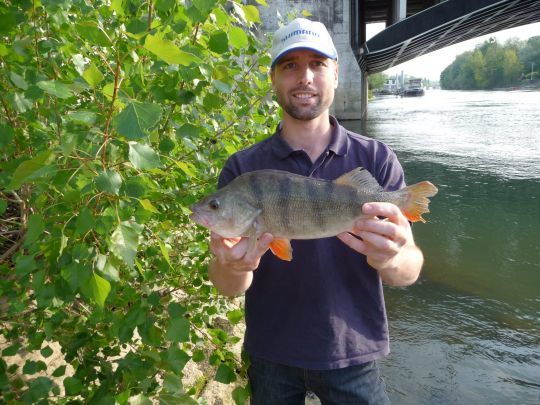
Black bass
The black bass is morphologically quite similar to the perch, but it is more massive and can reach greater lengths and weights. Thus, the size sought by specialists is 50 cm. And if it becomes much more complicated and rare to break 55 cm, the fish of a lifetime will exceed 60 cm. Once again, we're talking about French populations here, as populations in the USA are quite different.
